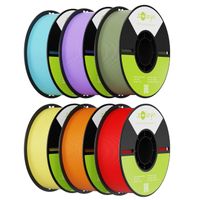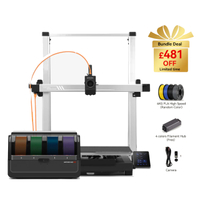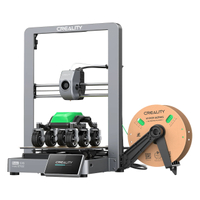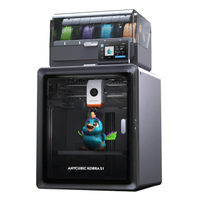Cheap 3D printers in June 2025 that I'd actually want to buy myself
Save on brand-new machines, or older favorites

1. Quick links
2. Today's best deals
3. FAQ
You don't need to wait for big sales to get cheap 3D printers; there are plenty of discounts all year round, so long as you know where to look. To help point you in the right direction, the GamesRadar+ team and I have corralled the best 3D printer deals here.
This list of savings includes everything from professional-grade options to beginner-friendly machines, so you should find something to suit you below regardless of what you want to make. And if you're keen to find the best 3D printers for miniatures and cosplay? Well, you're in luck. A few are included in this month's roundup of cheap 3D printers, partially due to the Father's Day sale that's all the rage at multiple manufacturers right now.
Because we've been handling all things bargain for almost six years, we've also gathered our fair share of tips and tricks. Where will you find the best offers, and how do you know if something is a good deal or not? Read on for the full lowdown on the best 3D printer deals.
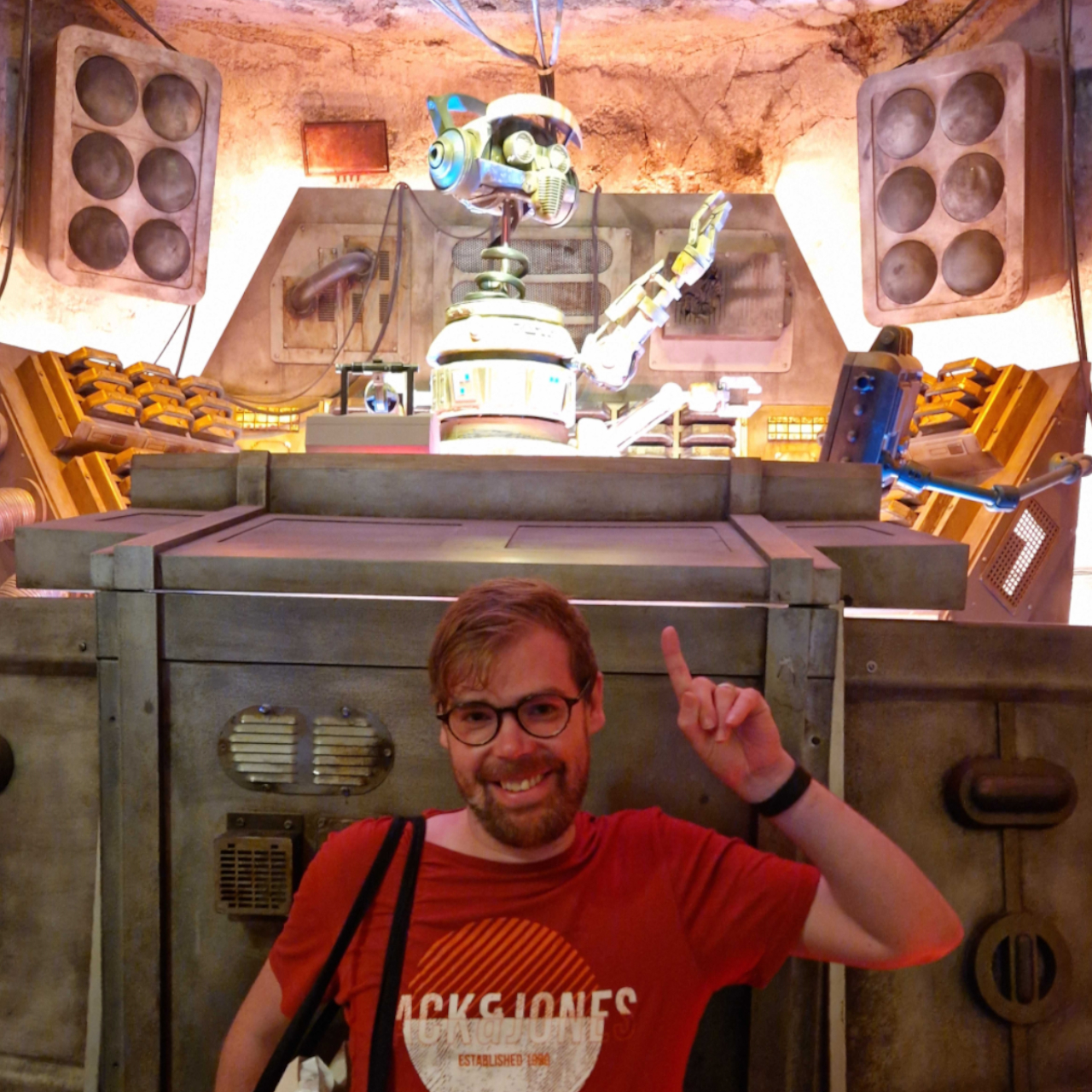
Benjamin has covered 3D printing at GamesRadar+ for years, and has spent more than a decade writing professionally. He's used a variety of printers to make everything from Warhammer terrain to D&D models.
June 24, 2025: Each listing on this page has been double-checked, verified, and updated as necessary. New deals have also been added (the Creality filament offer alongside the Anycubic Kobra 3 Max Combo bundle).
Today's best cheap 3D printers at a glance
- Amazon deals: Save up to $220
- Walmart deals: Get up to $680 off
- Newegg deals: Check for deals
- Anycubic deals: Save up to $431
- Elegoo deals: Up to 20% off
- Creality deals: Savings up to $210
- Resin deals: Amazon savings up to $7
- Filament deals: Get up to $5 off at Amazon
UK
- Amazon deals: Save up to £120
- 3D Jake deals: Up to 33% off
- Anycubic deals: Get up to £481 off
- Elegoo deals: Save up to 42%
- Creality deals: Up to 55% off
- Resin deals: Save up to £5 at Amazon
- Filament deals: Get up to £7 off at Amazon
Cheap 3D printers
Creality filamet | Up to 36% off at Creality
There's a sale on FDM printer materials at the official Creality store right now, and you'll probably struggle to find a better offer at third-party retailers like Amazon. It's worth a look if you'd like to save as much as possible while boosting your stock of filament.
Buy it if:
✅ You like to buy in bulk
✅ You print a lot of stuff
Don't buy it if:
❌ You don't tend to print a lot
UK price:
⭐ Save up to £86 at Creality
Anycubic Photon Mono 4 Ultra Starter Pack (resin) | $536 $349 at Anycubic
Save $187 - Seeing as this special bundle includes the printer itself, a Wash and Cure 3 machine to prep your models after they've been made, 2 bottles of resin, and 2 Airpure filters, it's incredible value.
Buy it if:
✅ You want a beginner machine
✅ You want everything needed in one
Don't buy it if:
❌ You want something bigger or more advanced
Price check:
💲 Amazon | $439.99
UK price:
⭐ £499 £318 at Anycubic
Elegoo Neptune 4 Plus (FDM) | $425 $339.99 at Elegoo
Save 20% - If you're looking for a larger FDM machine, this Elegoo model just blew past its previous record low by around $30. Not bad going.
Buy it if:
✅ You want to print large models
✅ You print cosplay items
Don't buy it if:
❌ You're happy with a smaller unit
Price check:
💲 Amazon | $369.99
UK price:
⭐ £364.99 £291.99 at Elegoo
Anycubic Kobra 3 Max bundle (FDM) | $1,130 $699 at Anycubic
Save $431 - This enormous printer has had an equally enormous discount, and it comes with a host of goodies to get you started too like filament.
Buy it if:
✅ You print larger models
✅ You make terrain or cosplay
Don't buy it if:
❌ You're OK with a smaller unit
Price check:
💲 Amazon | $659.99 (machine only)
UK price:
⭐ £1,130 £649 at Anycubic
Creality Ender-3 V3 CoreXZ (FDM) | $389 $279 at Creality
Save $110 - The lowest price we'd seen for this model, at least according to my price comparison software, was $297 or thereabouts. With that in mind, this is a record and an absolute steal in this week's cheap 3D printer deals.
Buy it if:
✅ You want an entry-level machine
✅ You're just starting out
Don't buy it if:
❌ You want something more advanced
Price check:
💲 Amazon | $319
UK price:
⭐ £359 £269 at Creality
Anycubic Photon Mono M7 Pro (resin) | $699.99 $479 at Anycubic
Save $220 - I was a huge fan of this printer's predecessor when I first tried it, so seeing the follow-up dip by so much caught my attention. That's the cheapest it's ever been by a long, long way (the previous record was $499.98), so that's an absolute steal by any stretch.
Buy it if:
✅ You'd find a heated vat helpful
✅ You want high resolution
Don't buy it if:
❌ You want built-in air filtration
Price check:
💲 Amazon | $689.99
UK price:
⭐ £619 £449 at Anycubic
Anycubic Kobra 3 Combo (FDM) | $549 $349 at Anycubic
Save $200 - I don't think we've ever seen this nifty printer (which is honestly one of my favorites) for less, so grab it now if you want the best price on a versatile machine.
Buy it if:
✅ You want multi-color prints
✅ You want high-speed results
Don't buy it if:
❌ You don't have much space
Price check:
💲 Amazon | Out of stock
UK price:
⭐ £549 £279 at Anycubic
Anycubic Kobra S1 Combo (FDM) | $749 $549 at Anycubic
Save $200 - This new, all-singing printer is at a heavily reduced rate, so now's the time to strike if you want an integrated printer with the capacity to print multi-color projects.
Buy it if:
✅ You want multi-color prints
✅ You want an enclosed machine
Don't buy it if:
❌ You don't have much space
Price check:
💲 Amazon | $599.99
UK price:
⭐ £749 £499 at Anycubic
How we find 3D printer deals

Curious about how and why we choose the offers we do when hunting down 3D printer deals? Well, we pride ourselves on finding the lowest prices on the best machines, and to do so, we do the following:
🛒 We browse trusted retailers ourselves
We don't rely on tech to do the deal-finding for us; our staff actively trawl retailers and manufacturer store pages to see what jumps out at them. We're fans too, so what excites us is likely to excite our readers as well.
💲 We use price-matching software
Some offers claim to be better than they are, so we always check in with price matching software to make sure you're getting the best possible offer. Our favorite is CamelCamelCamel, and it informs us of everything from average cost to an item's lowest ever price.
🏪 We compare with other retailers
We don't just call it quits when we find a good offer; we make sure we check with other stores to see if someone else has a better discount. That's why you'll find a 'price check' section on each deal here.
Cheap 3D printer FAQ
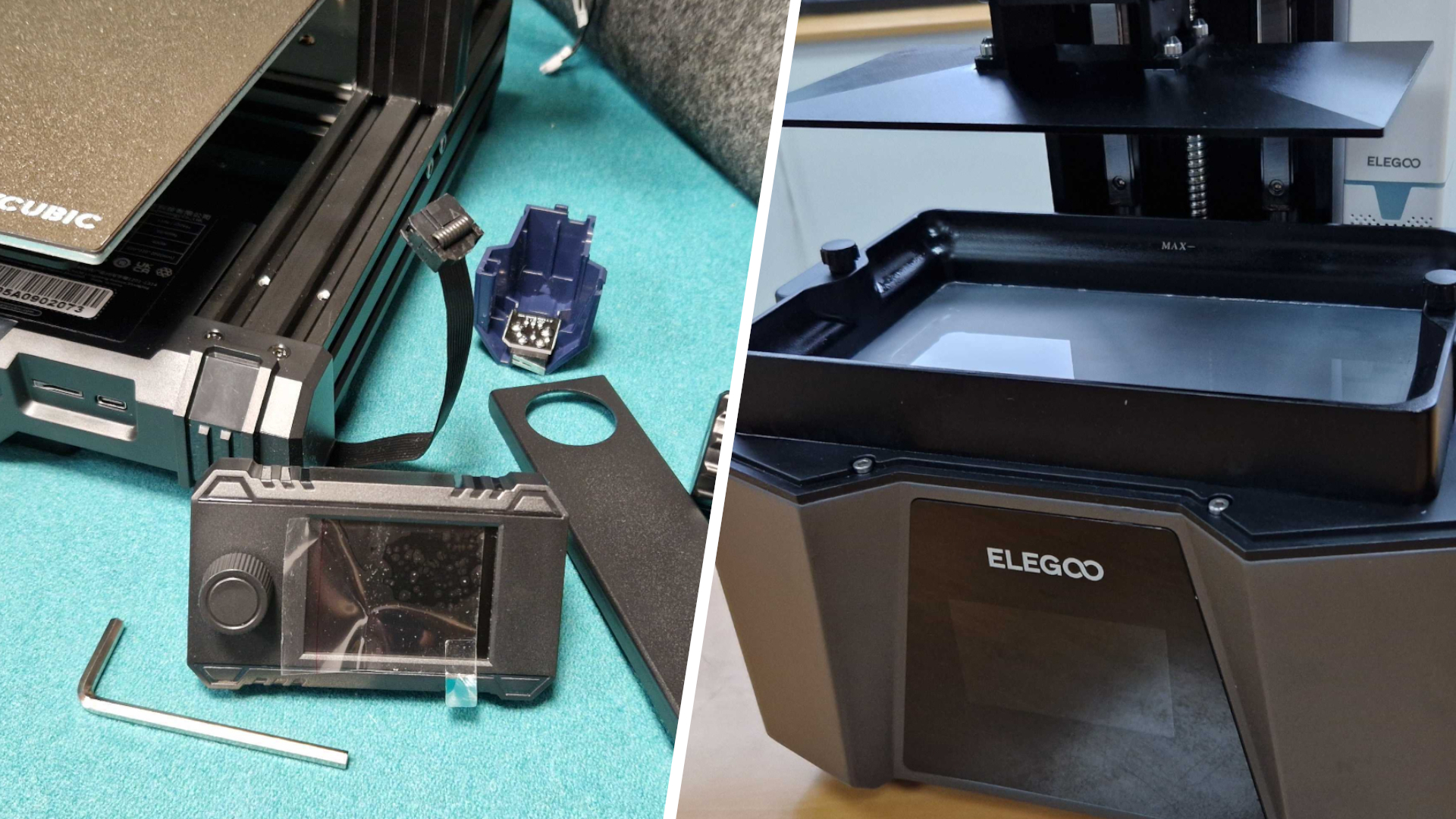
Where will I find the best cheap 3D printers?
Even though popular retailers such as Amazon and Walmart are great for discounts, I'd always recommend checking the manufacturer stores as well. If you head to Anycubic, Elegoo, Creality, and the rest, you'll often find the steepest savings - particularly on new machines. In fact, they're normally better than any other reduction out there.
How do I know if the cheap 3D printer deals are actually good?
It can be difficult to tell whether an offer is actually good or just 'OK' when it comes to cheap 3D printers, so it's sensible to put in some research before hitting checkout. To find out whether you've struck gold, I'd recommend dropping in on price history sites like Camelcamelcamel. This will tell you everything from lowest ever prices to average cost, allowing you to make a more informed decision rather than being swept up in the moment.
The GamesRadar+ team and I have been hunting bargains for a long time now, and these price-comparison sites have never let us down. It's how we decide what to feature on 3D printer deals roundups like this, actually; if the reduction in question isn't better than the average price for the item, it won't appear here.
Should I wait for Black Friday or Prime Day?
Although the year's major sales events are your best opportunity to secure a bargain, that isn't to say you shouldn't shop at any other time. As is so often the case on this page of cheap 3D printers, you can get record low prices at other times of year if you keep your ear to the ground.
Still, the best discounts do tend to happen after Thanksgiving as part of the Black Friday 3D printer deals. If you want maximum value for money, it's not a bad idea to hang fire in case a better price cut comes along at the end of November.
For advice on how to use your new machine, be sure to check out our guide on how to 3D print miniatures. Need a better device for slicing, on the other hand? The best gaming PCs should sort you out.
Weekly digests, tales from the communities you love, and more

I've been writing about games in one form or another since 2012, and now manage GamesRadar+'s tabletop gaming and toy coverage. You'll find my grubby paws on everything from board game reviews to the latest Lego news.
You must confirm your public display name before commenting
Please logout and then login again, you will then be prompted to enter your display name.
